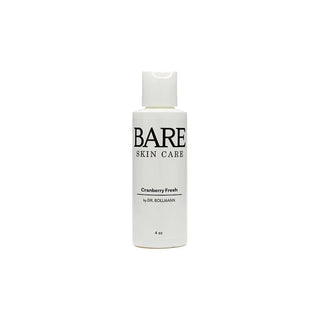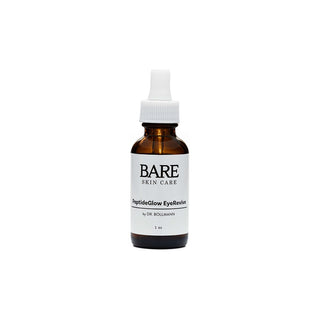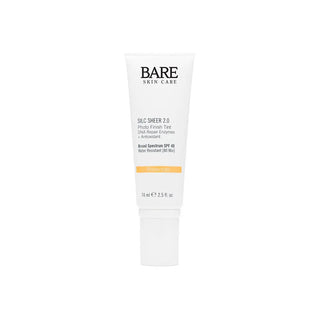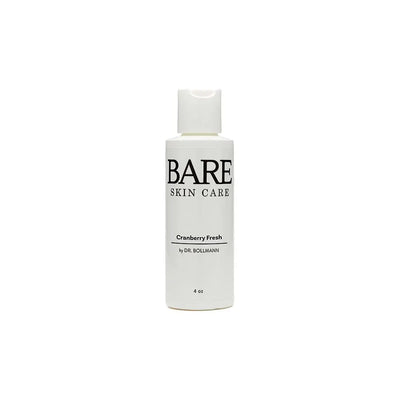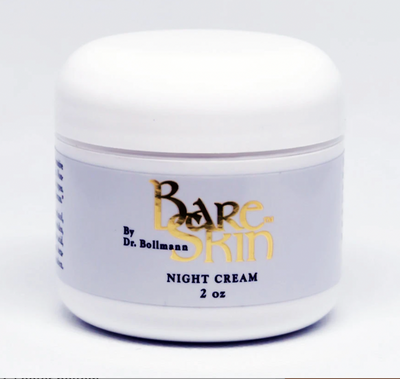 Dr Bollmann, Skin Care Specialist, Anti Aging Expert
Dr Bollmann, Skin Care Specialist, Anti Aging Expert
For those who would like the entire article, it is listed below.
But the meat of the article is this:
- For the first time, a study has explored the link between sedentary time, exercise, and telomeres.
- So just what is a telomere? Here is the gist: Our cells contain telomeres, repetitive sections of DNA which are located at the end of chromosomes. Those telomeres protect the chromosomes from deterioration, which is similar to the way that shoelace's tips protect from fraying. As a person ages, the telomeres become shorter until the cells die or transform into oncogenic cells that have the potential to cause cancer. Short telomeres have been linked to heart disease, cancer, and diabetes.
- Activity in the form of exercise prevents the telomeres from shortening
- A low amount of physical activity creates a biological age gap of eight years between those women who exercise and those that did not - in other words, cells of inactive people are 8 years older than active people.
Here is the article:
Activity Slows Cellular Aging
Posted on Jan. 23, 2017, 6 a.m. in Anti-Aging Research Science Anti-Aging Exercise Mechanisms of Aging
The negative health effects of a sedentary lifestyle and the impact of low physical activity accelerates biological aging in seniors by 8 years. Women who exercise for less than 40 minutes and are sedentary for over 10 hours every day have cells that are biologically "older" than women who are less sedentary and exercise more.
A sedentary lifestyle is one with irregular or no physical activity. The person who follows such a lifestyle is often referred to as a “couch potato” because he or she spends most of the time sitting, watching television, working on a computer, texting, playing video games, reading, and similar activities.
Unfortunately, such a lifestyle can contribute to numerous causes of death or negative health consequences, many of which might have been prevented.
Cells make up every organ in the body, and the rate at which the cells die varies in each individual. Other lifestyle factors like smoking, alcohol consumption, and stress can also greatly influence the progression of cellular aging.
Our cells contain telomeres, repetitive sections of DNA which are located at the end of chromosomes. Those telomeres protect the chromosomes from deterioration, which is similar to the way that shoelace's tips protect from fraying. As a person ages, the telomeres become shorter until the cells die or transform into oncogenic cells that have the potential to cause cancer. Short telomeres have been linked to heart disease, cancer, and diabetes.
The negative effects of a sedentary lifestyle on the cellular age of elderly women was researched by a group at the University of California-San Diego, under the leadership of Aladdin Shadyab, Ph.D., of the UCSD School of Medicine's Department of Family Medicine and Public Health.
The researchers in this study evaluated the link between sedentary time and the leukocyte telomere length (LTL) of 1,481 older postmenopausal women, whether white or African-American, who were an average of 79 years old. from the Women's Health Initiative, which was a cross-sectional study from 2012-2013 that examined factors that determine chronic diseases.
The sedentary time was assessed by the participants filling in special questionnaires and having their various movements tracked by an accelerometer that was worn on their hip for seven days. The association between sedentary time and leukocyte telomere length (LTL) was examined by the use of multiple linear regression models and whether there was a variation caused by the amount of moderate or vigorous physical activity that the participants engaged in on a daily basis. The results were then adjusted for variables in health and lifestyle factors, demographics, and body mass index.
A low amount of physical activity appeared to create a biological age gap of eight years between those women who exercised and those that did not.
This is the first time that a study has investigated the link between telomeres, sedentary time, and exercise. Shadyab highlighted the importance of lifestyle choices because those women who sat for a long time did not have shorter telomere lengths if they did exercises for the national recommended guideline of at least 30 minutes a day. He states that physical activity should continue to be part of our daily lives even when we are 80 years old.























